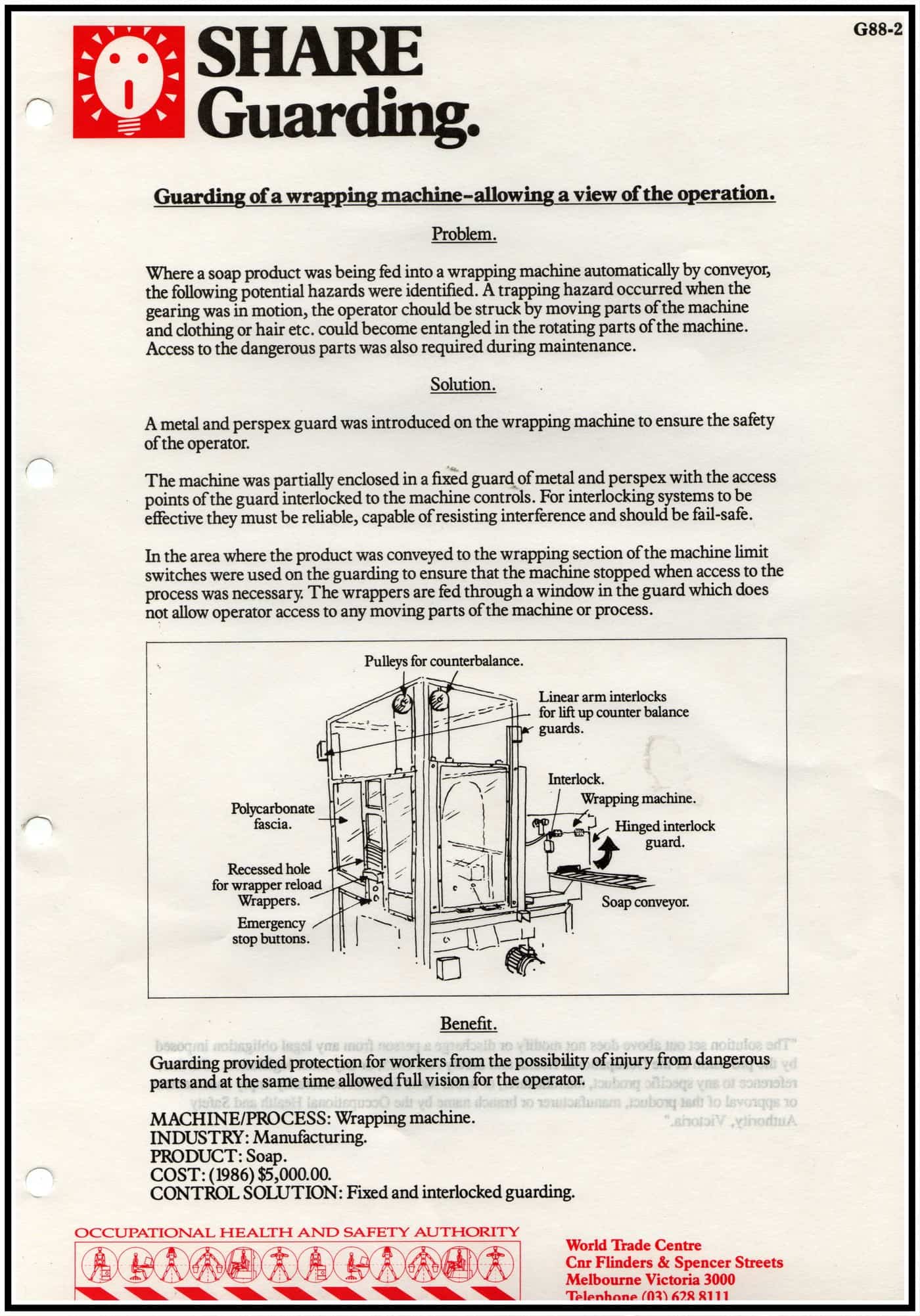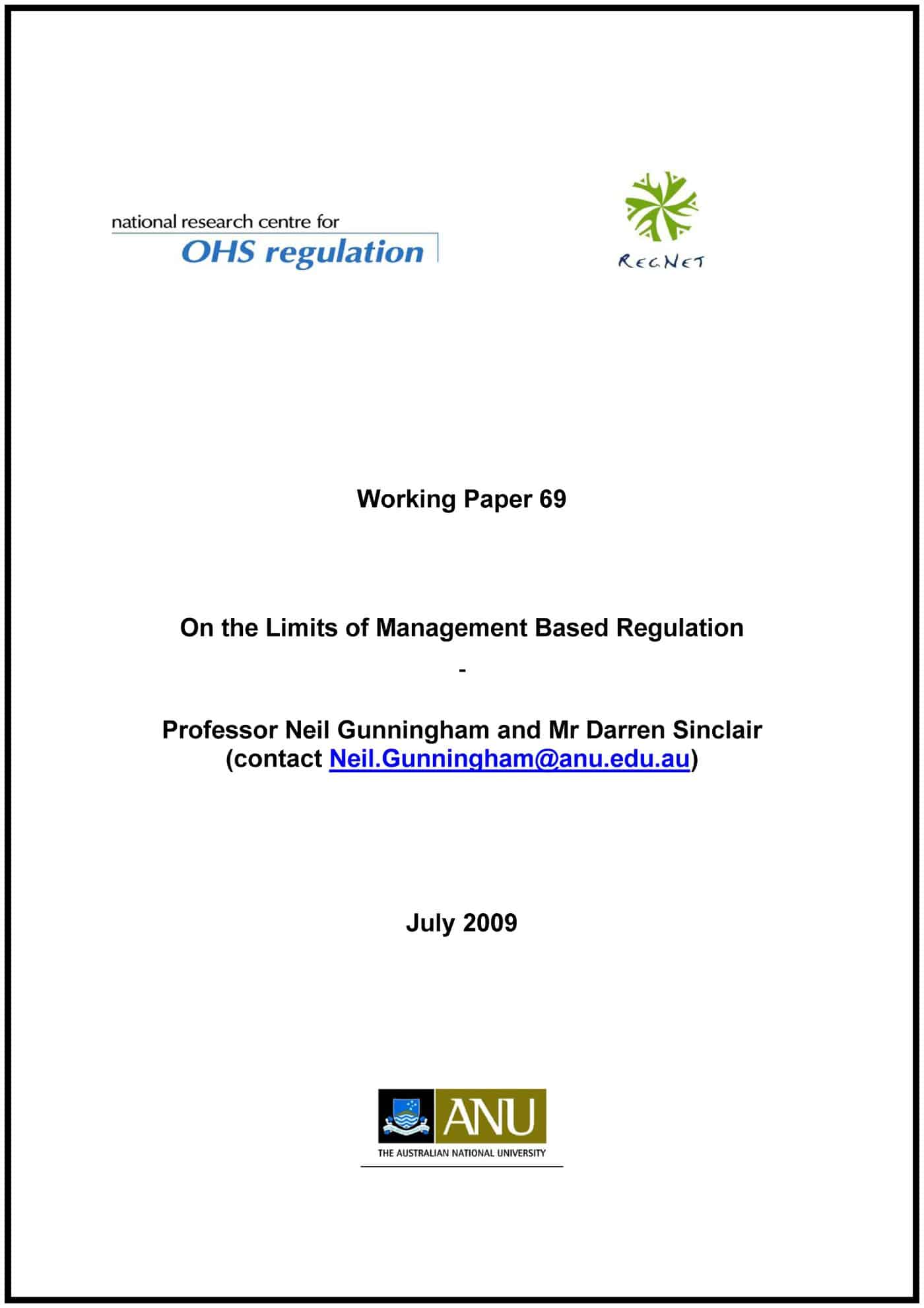On 4 August 2009, John Merritt, Executive Director of WorkSafe Victoria, spoke at an OHS function hosted by the Australian Human Resources Institute in Melbourne. John is a lively speaker whose passion for workplace safety is obvious. I had the opportunity to ask the following question
“How is reasonably practicable NOT a ‘get-out-jail-free card’?”
Many readers will know that I am skeptical about “reasonably practicable” as is evident from the question. However John’s response was the first from a non-lawyer that saw some positives in the concept. John said
“I do think [the concept] is a real strength in the law. In trying to move people to embrace this issue, for those who are in that denial phase, they often think we are asking them to do the impossible, and I find it really useful to say “no we’re not. We’re asking you to do that which is reasonably practicable.
Our job, if we say what you’re doing is not reasonably practicable, all we have to do is go and find someone who is just like you who is doing it. We’re not asking you to do anything that somebody else, and usually in some critical mass of numbers, isn’t already doing, so why can’t you do it?” And I think that’s a reasonably sophisticated law.
You’ve got to have really good teams of investigators and lawyers and inspectors and all that sort of stuff to make that sort of law work. But that’s good, that’s doable …. but I do think, in our field, its a reasonable proposition.
The alternative, which is an absolute duty – you must have a safe workplace and if someone is hurt, prima facie, you’ve failed and you need to prove to us that you’re innocent – can be made to work as well and most of the research is …. but in trying to move that hearts and minds of, particularly, our target audience, I think it’s the right way to go.”
It was refreshing to hear that “reasonably practicable” can be used as a tool for good instead of evil through illustrating an example of a control measure that has already been found to be reasonably practicable. Tangible examples have been missing from OHS in Australia for a long time, ever since the OHS Solutions databases fell over in the 1990s.
If WorkSafe finds such examples useful for businesses, it would be good to see such databases resurrected. The images below show some pages from “Share Solutions” a hard copy database produced by WorkSafe’s predecessor, the Occupational Health and Safety Authority, in the late 1980’s. It would be a good idea if someone like Safe Work Australia investigated the feasability of resurrecting this initiative.



